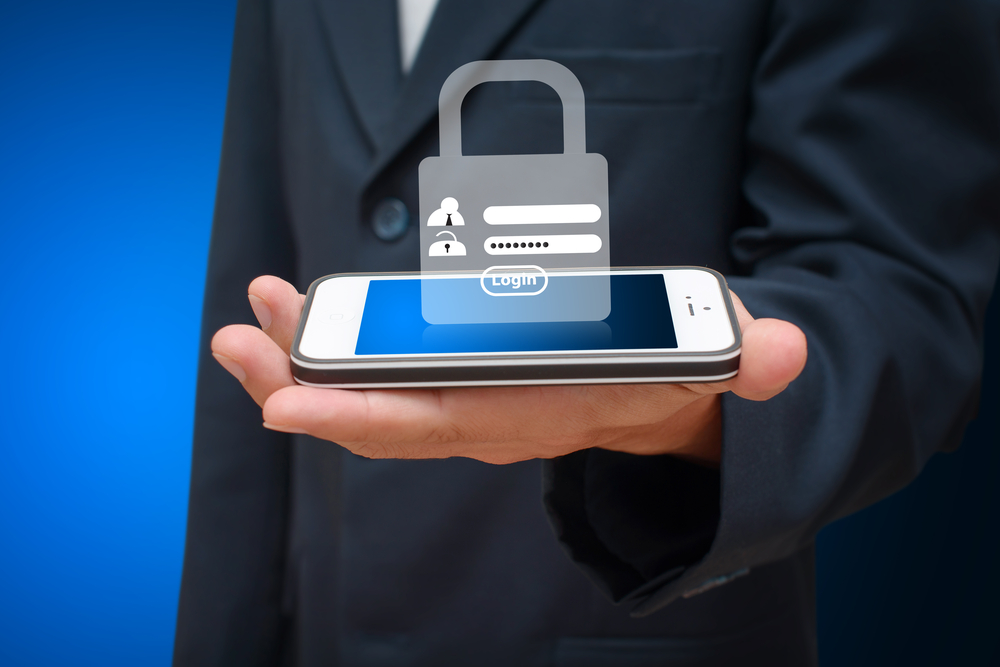

The US National Security Agency (NSA) is reportedly examining security systems of the future designed to protect smartphones.
Defence contractor Lockheed Martin has admitted that the NSA has been testing its smartphone swipe recognition technology.
The idea behind this smartphone swipe recognition technology is that every users typing is slightly different from others. Nextgov reported that the NSA has tested the use of this technology, which is designed to authenticate particular users, and is one of the options as the industry seeks to develop new technology that can improve on fingerprint identification.
“Nobody else has the same strokes,” John Mears, senior fellow for Lockheed IT and Security Solutions, was quoted as saying. “People can forge your handwriting in two dimensions, but they couldn’t forge it in three or four dimensions. Three is the pressure you put in, in addition to the two dimensions on the paper. The fourth dimension is time. The most advanced handwriting-type authentication tracks you in four dimensions.”
“We’ve done work with the NSA with that for secure gesture authentication as a technique for using smartphones,” Mears said. “They are actually able to use it.”
The NSA reportedly declined to comment on the matter, but it is worth noting that Lockheed Martin has already designed a biometric ID system for the FBI that utilities facial, fingerprint, palm print, retina scan and tattoo images. It also plans to add voice and “gait matching” (how a person walks) to that particular system.
Lockheed believes that its Mandrake tech could also be useful for the emergency services, when personnel don’t have time or capability to access an incident command website.
“If you are going 100 miles down the road, you are not going to enter a complex 12-character password to authenticate yourself,” Mears reportedly said. “We have some customers who deal with radioactive material and they can’t touch things” that small with gloves on – “How do they authenticate?”
Lockheed Martin is not alone in developing new biometric ID technology.
Yahoo announced last month that it is working on a method using scans of a user’s ear to unlock a smartphone, thanks to a new system called Bodyprint, developed by the company’s Yahoo Labs research and development facility.
And many are predicting a boom time ahead for the biometric industry. Earlier this year, a study by Acuity Market Intelligence predicted that the mobile biometrics market will explode over the next five years as more and more of us look for additional ways to keep our money secure.
That study anticipated revenues from mobile biometrics hitting $33.3bn (£21.7bn) by 2020, driven primarily by demand from the mobile payments and banking industries.
Meanwhile a study conducted by Visa Europe found that three-quarters of 16-24 year olds in the UK would feel comfortable using biometric information such as fingerprint scans, facial recognition or retina scanning in place of traditional passcodes.
Are you a mobile payments aficionado? Take our quiz here!
All Cybertrucks manufactured between November 2023 and February 2025 recalled over trim that can fall…
As Musk guts US federal agencies, SEC issues summons over Elon's failure to disclose ownership…
Moonshot project Taara spun out of Google, uses lasers and not satellites to provide internet…
Pebble creator launches two new PebbleOS-based smartwatches with 30-day battery life, e-ink screens after OS…
Amazon loses appeal in Luxembourg's administrative court over 746m euro GDPR fine related to use…
Nvidia, xAI to participate in project backed by BlackRock, Microsoft to invest $100bn in AI…